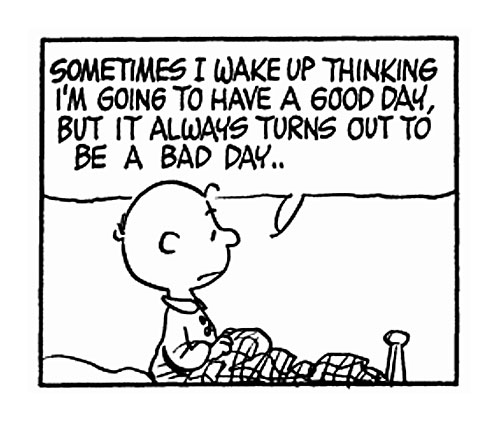
(1) Obama's PATCO? Is the Federal Pay Freeze Obama's PATCO? asks Mike Elk at In These Times's labor blog Working In These Times. "The Obama Administration, looking to bolster its deficit-cutting credentials and show its desire to take on what some label a "special interest"—organized labor—yesterday announced a two-year freeze on the wages of all federal workers." And Paul Krugman's NYT column today cites the pay freeze as (further) evidence of Obama's "moral collapse":
But he didn’t. Instead, he apparently intended the pay freeze announcement as a peace gesture to Republicans the day before a bipartisan summit. At that meeting, Mr. Obama, who has faced two years of complete scorched-earth opposition, declared that he had failed to reach out sufficiently to his implacable enemies. He did not, as far as anyone knows, wear a sign on his back saying “Kick me,” although he might as well have.
(2) The Fed's Version of Wikileaks: Bernie Sanders got a provision in the Dodd-Frank financial reform law requiring the Fed to give details about the emergency lending it did at the height (depths?) of the financial crisis. Some of what is coming out is pretty juicy, as this article and this one from the New York Times suggest. The main news seems to be about the scope of businesses that took the loans ("Even bedrock corporations like Caterpillar, Harley-Davidson, General Electric, McDonald’s, Toyota and Verizon relied on a Fed program that supported the market for commercial paper," says the Times), the depth of the borrowing (Citigroup borrowed much more extensively than people knew), and the rich people, hedge funds, and pension funds that tried to make money by participating in the Fed's program.
Partly because they happened in such quick succession, I couldn't help but compare the Fed disclosures to the latest Wikileaks leaks. All this information to sort through, some of it news, some not, but it makes powerful people nervous. (Martin Huchinson at Reuters makes the connection between the recent Wikileaks leaks and the Fed disclosures (here), and makes the interesting point that both reveal the inefficiency of markets because of insufficient or unevenly distributed information.)
D&S author Rob Larson (who wrote our current cover story) has been looking through the Fed disclosures; he will hopefully have some interesting findings to share soon. In the meantime, here are the key sources of info, according to Rob: The hard data being released by the Fed itself is here. A handy WSJ analysis, with chart, is here. The Fed's relevant resource portal is here.
Finally, the Fed is apparently not disclosing everything that it should be disclosing, according to this article from Bloomberg. In particular, apparently they're not telling us what emergency loan recipients put down as collateral, so we can't know what the risks of the loans were.
There will surely be more to this story.
(3) Unemployment back up again: It's the first Friday of the month, which means BLS unemployment data came out. They are not pretty. Only 39K jobs were added, and the official unemployment rate went up to 9.8%. The main BLS summary:
The unemployment rate edged up to 9.8 percent in November, and nonfarm payroll employment was little changed (+39,000), the U.S. Bureau of Labor Statistics reported today. Temporary help services and health care continued to add jobs over the month, while employment fell in retail trade. Employment in most major industries changed little in November.
Read the full BLS Employment Situation Summary. Here's the Times's article on the new data.
That's all for now!
--Chris Sturr
